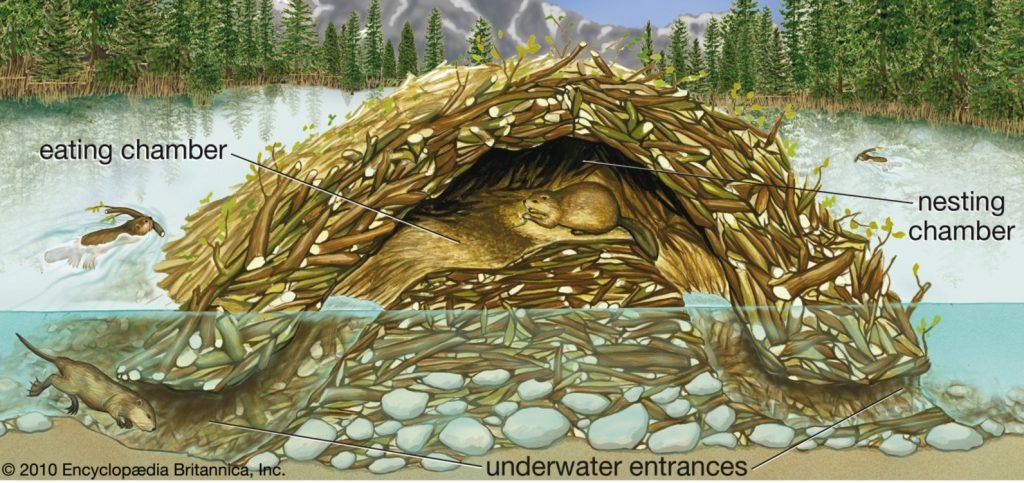The Fur Trade and Beavers: Shaping the Oregon Landscape
Feb. 7th, 2022
Written by Tristin Vaughn - Wanderlust Tours Guide
Credit: Earth.com
It is impossible to talk about the rich and storied history of Oregon without delving into the societal and environmental impacts of the fur trade era. As one of the earliest and longest enduring economic enterprises, the fur trade irrevocably changed human societal structures as well as the habitats of the pacific northwest, for better or for worse.
Well before 1600, American and Canadian trappers were traveling deep into Native ancestral lands in pursuit of furs and hides, namely those from beavers. The alliances formed through trade and the coexistence of these different communities initially created a richly multilingual and multicultural society. However, through the late 1700's, growing interest from American and British political bodies brought ever increasing disease, conquest and colonization to the region. By 1859, Oregon had achieved statehood, with civilian entrepreneurs replacing trading posts and the US government taking control of Native lands and lives through the Office of Indian Affairs.
As the geopolitical landscape of Oregon changed from the fur trade era, so too did its physical landscape. The rivalry between Great Britain and the United States led to company brigades enacting detrimental policies such as creating a "fur desert" where areas were over-trapped to decimate local populations as a way to dissuade competitive interlopers. The decline in beaver populations was matched with a decline in the habitats that their damming fosters.
Beavers are an industrious and impactful species, most notably from the creation of their dams. When a beaver dam is constructed, the blocked body of water swells and overtakes its banks, slowly creating a pond and accumulating sediment. Over time, a meadow will develop bringing with it new vegetation and a boom in diverse wildlife. If the beavers are removed from such environments, the streams speed up, scour channels, and turn into gullies. As a result, the meadows will dry out leaving willows, sedges and other wetland vegetation to give way to drought-tolerant shrubs.
During our summer experiences, Wanderlust Tours provides the opportunity to travel via kayak or canoe on several of the waterways in the Deschutes National Forest. While the presence of dams is not typical for the area, we do at times encounter beaver lodges. The influence that wildlife, vegetation and we humans have on our beautiful waterways is something that cannot go unnoticed. Along with industrious beavers, the preservation and stewardship of our waterways is paramount.
Worlds Largest Beaver Dam
Wood Buffalo National Park is the largest national park in Canada. It’s known for its vast expanses of wilderness and plentiful wildlife, and is home to the largest beaver dam in the world. The dam is visible from space in satellite images. It is almost 800 meters (2,265 feet) long from end-to-end. (Courtesy of Parks Canada)
The Largest Beaver on Record
The largest North American beaver ever recorded was caught in Wisconsin and weighed in at 110 pounds (50 kilograms). (Courtesy of northamericannature.com)






